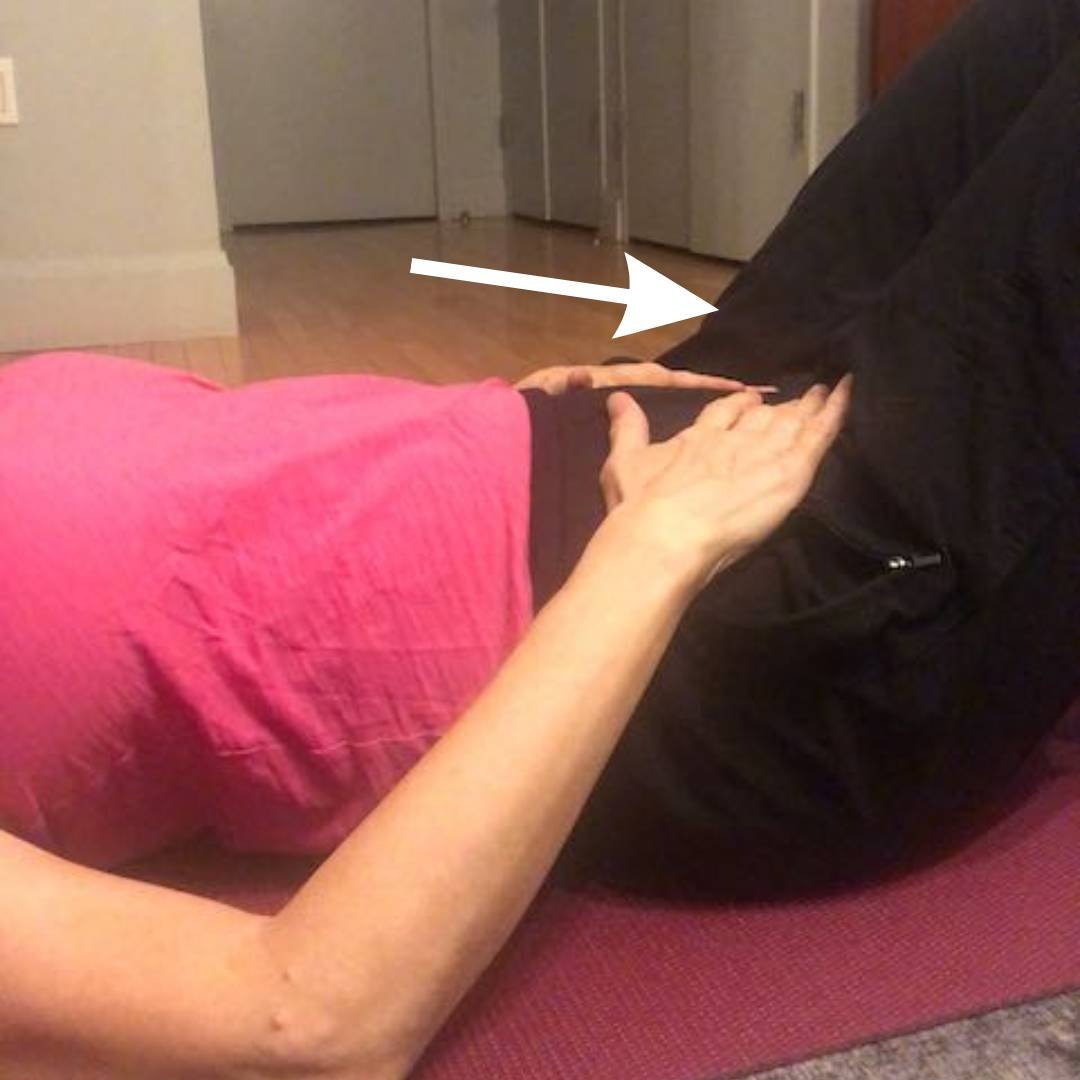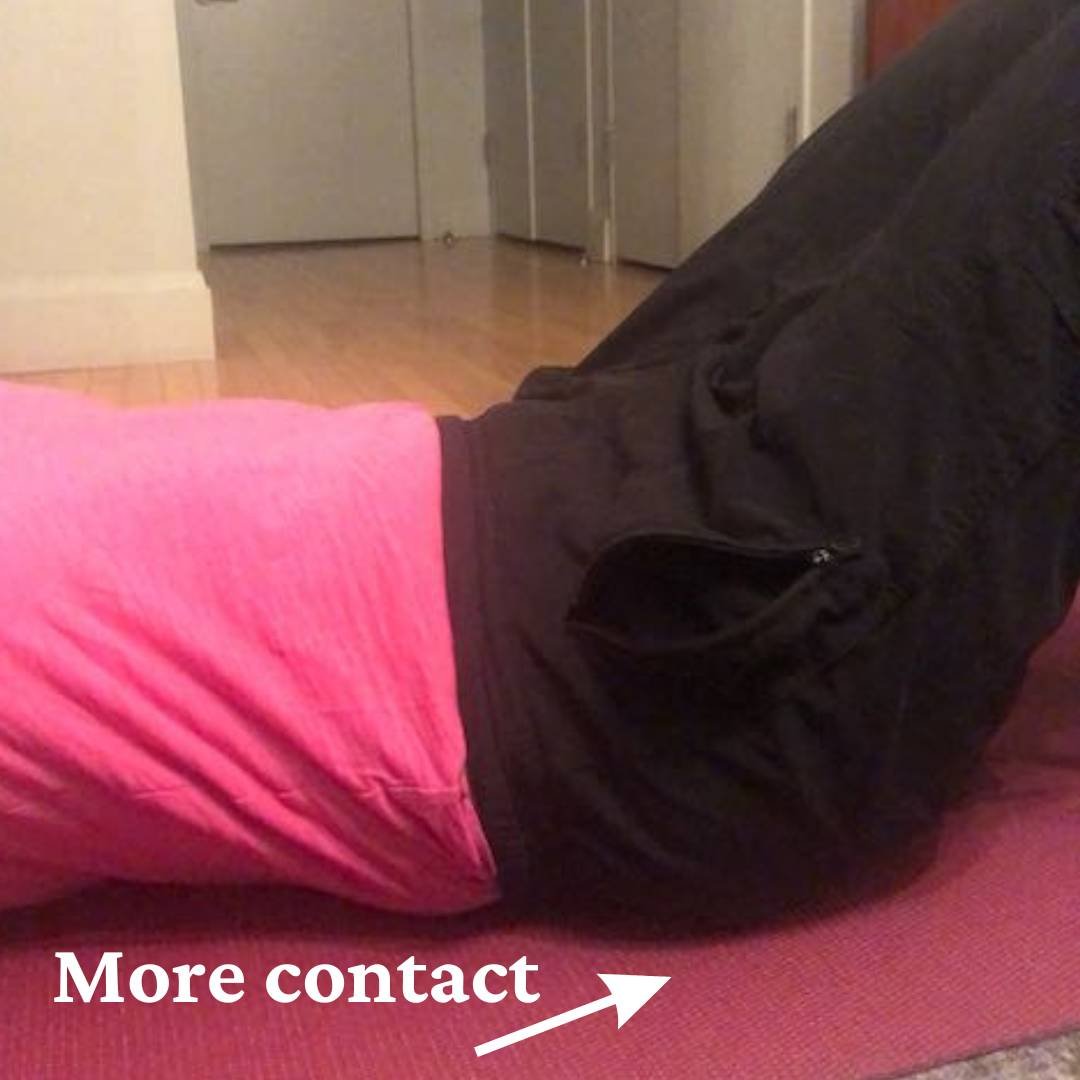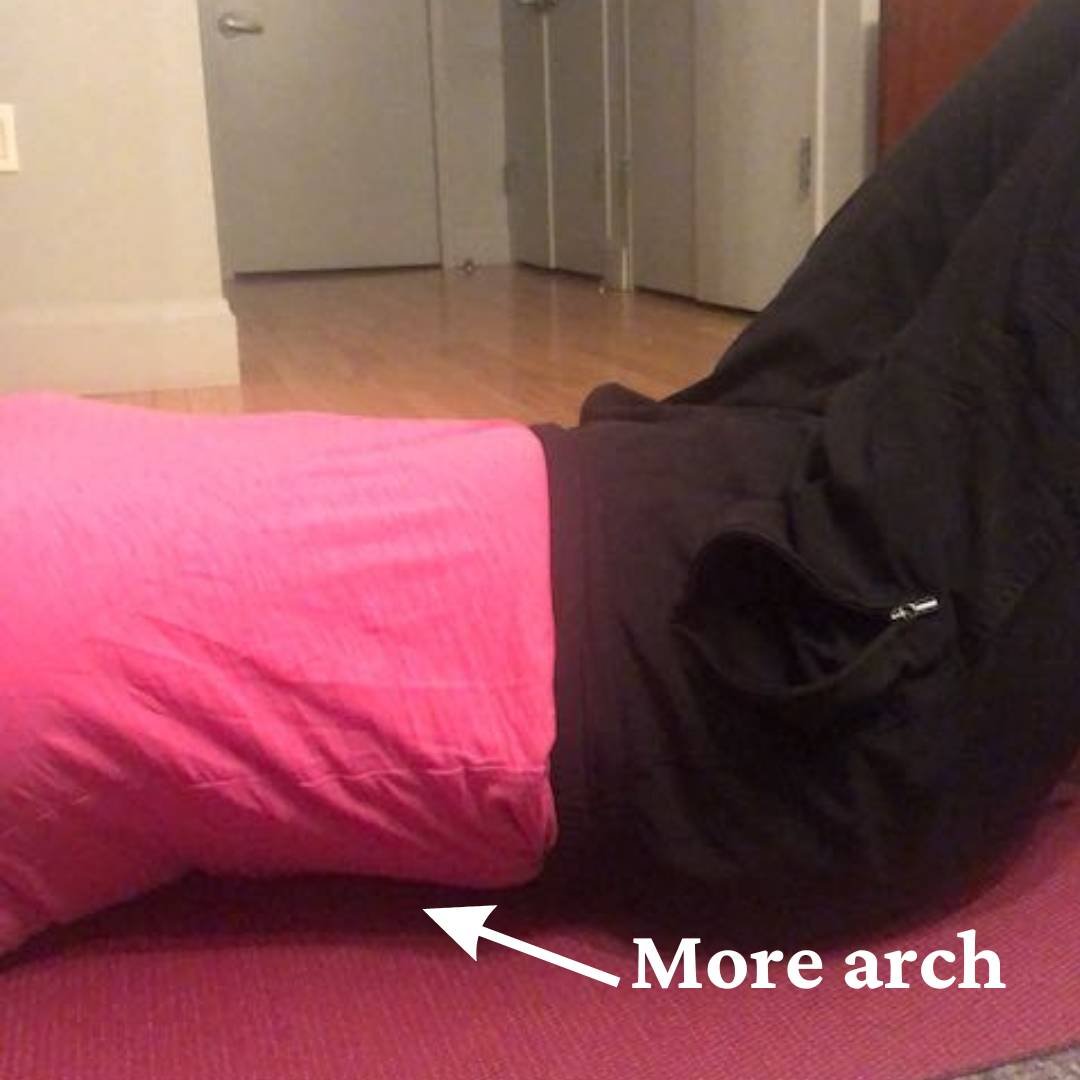Are My Hips Causing Bad Posture?
When we think about posture we usually think about our shoulders. But the shoulder and the hips are inextricably linked -- especially when it comes to posture.
Why?
Because the spine.
Illuminate me.
Posture is all about the spine. The hips are at the bottom (almost) and the shoulders are at the top (almost).
The spine has curves so it can absorb and distribute weight and force in the most efficient way possible. It’s made to be responsive. What happens in one part of the spine affects other parts of the spine. When one part increases or decreases its curve, usually another part responds in kind.
The is great when we’re moving because that’s how weight distribution works.
But, it’s not so great when those curve changes become more permanent and less effective at weight distribution (and, thus, balance). Or when you can’t control the response from one end to the other.
That’s why bad posture not only makes us feel bad but is bad for our health in many ways.
See how much movement in your shoulders and rib cage (your thoracic spine) -- affects your hips.
Try it…
Lie on your back, knees bent, feet on the floor.
Bring your hands into a diamond shape with your thumbs touching and forefingers touching.
Bring the heels of your palms to your hip points, and the tips of your middle fingers to your pubic bone.
We want the hands to be flat. This is your pelvis in a neutral position.
Not middle fingers tipping higher, or base of the hands tipping higher.
There will probably be a little bit of an arch in your low back. That’s the curve of your lumbar spine.
Take a few breaths in this position and feel the relationship of the back of your pelvis and low back to the floor. What’s touching the floor? What’s not?
Keep your pelvis there and bring your arms up to the ceiling, palms facing each other. Reach your arms back behind you.
Notice if the back of your pelvis has changed its relationship to the floor? More or less in contact with the floor?
Also notice if your low back has changed position. More or less arch?
These changes are the hips and pelvis responding to the movement in the shoulders. The upper and lower spine responding to each other.
You can see how easily that happens. And you can imagine if your shoulders a hunching forward regularly, how that would affect your hips.
You can also try this same thing standing against a wall. This is more like how we feel the spinal changes as we go through our day.
When you feel your shoulders start to flag throughout the day, try to adjust your hips back into neutral and see if that helps.
If you’d like to know more about our Hip Love Program for tight or painful hips, let us know here.
Wishing you happy hips!








